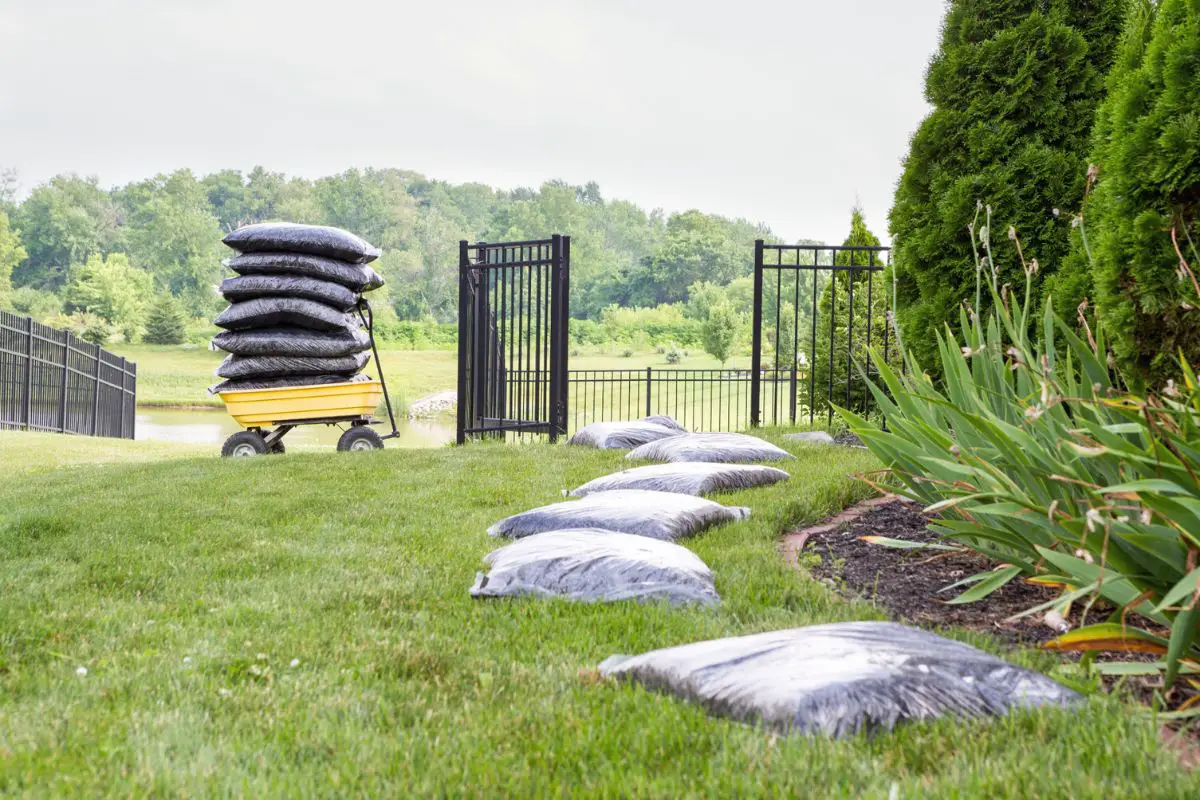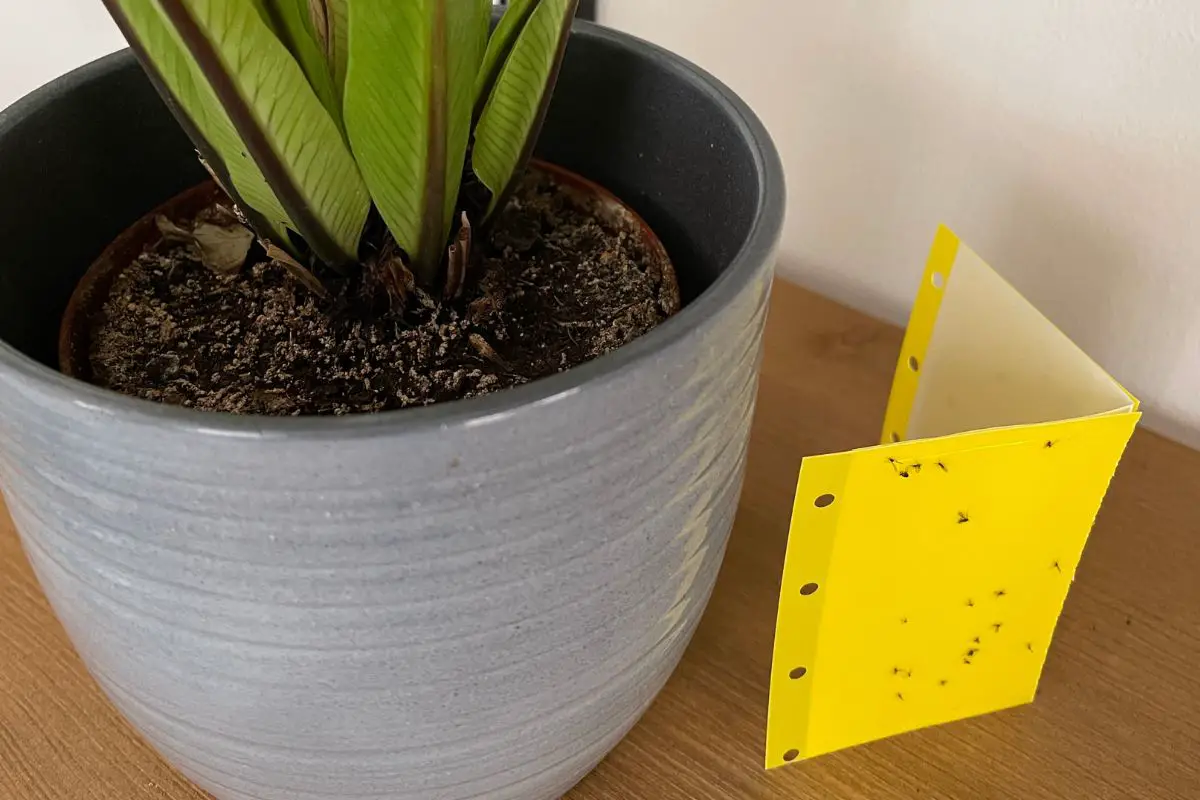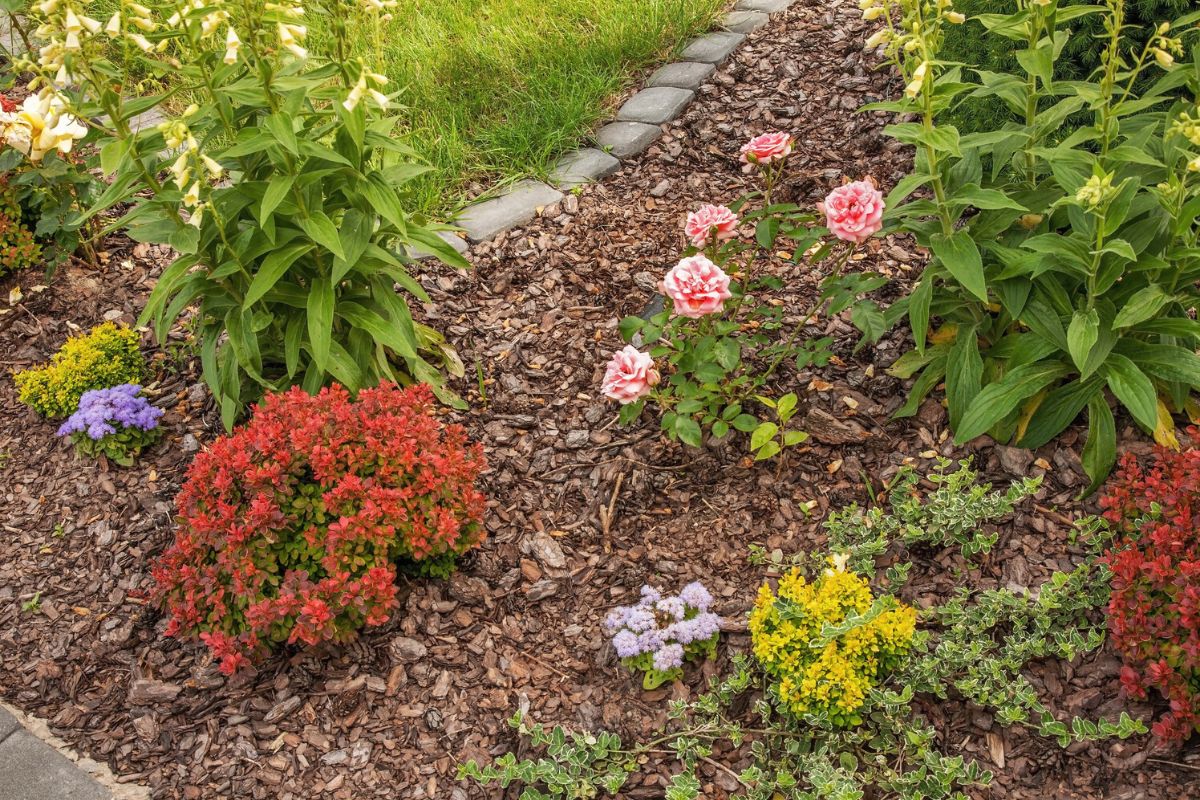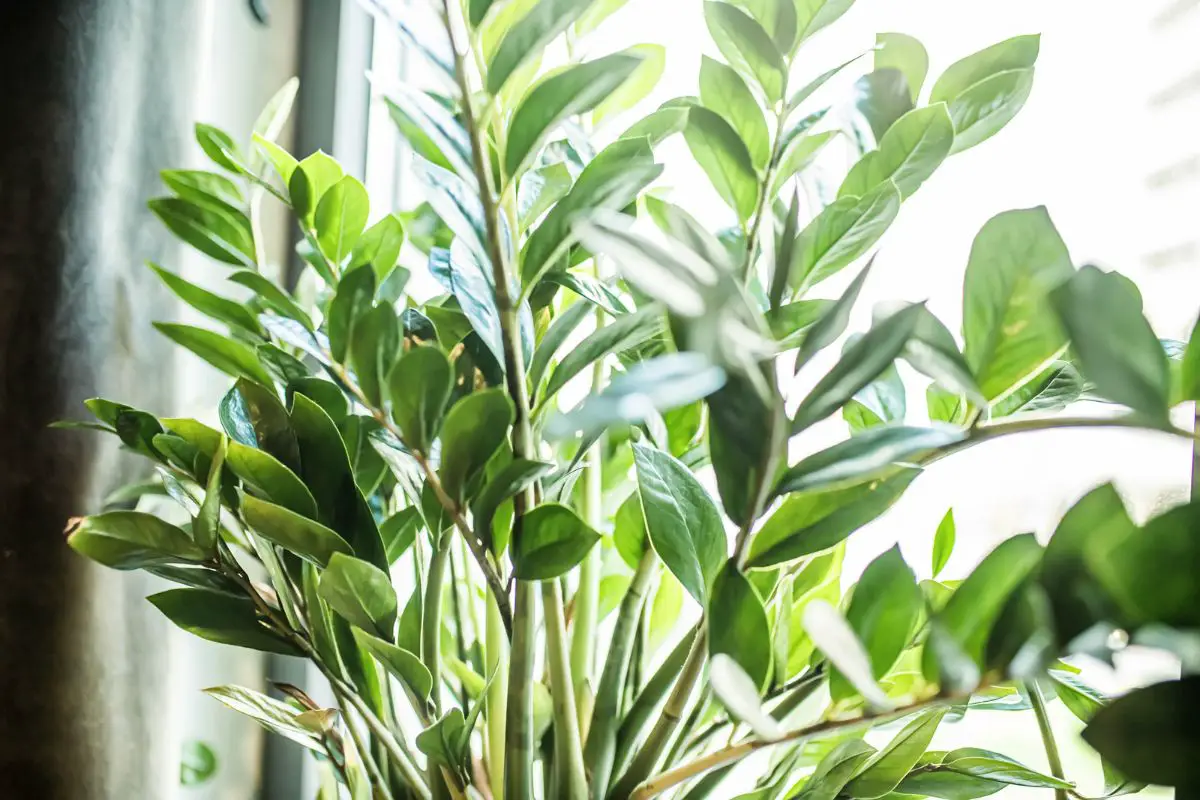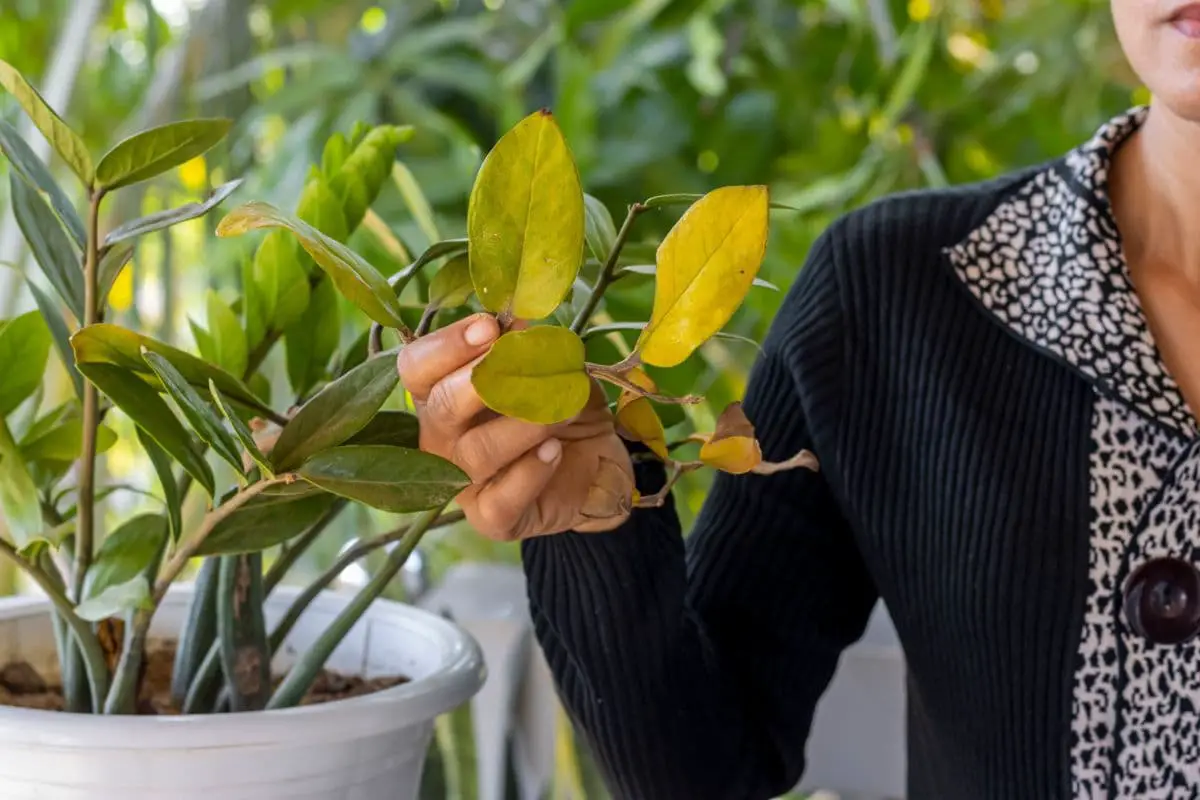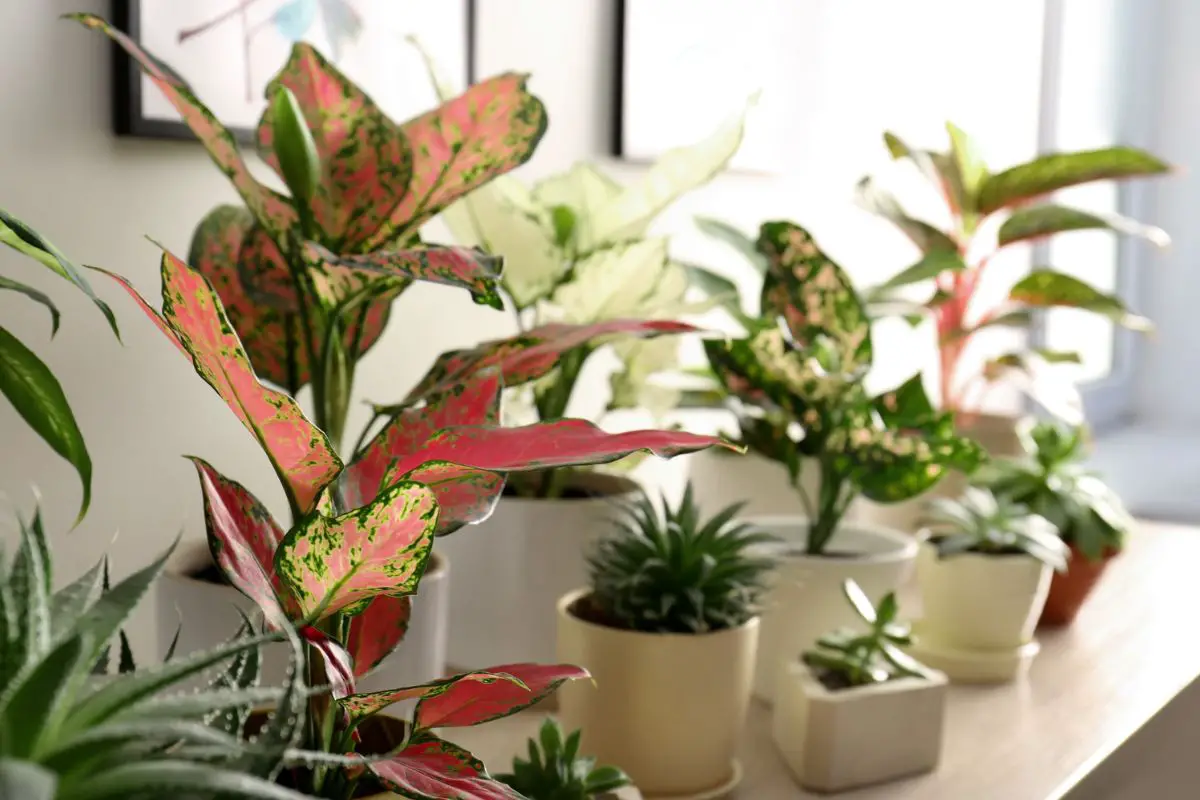Buying mulch in bulk is often significantly cheaper than buying individual bags of mulch. Still, most backyard gardeners buy bags because they’re more convenient to store or stack. But if you bought one too many bags, you may be curious how long they can sit in your driveway.
An unopened bag of mulch can sit up to six months in your driveway. The actual amount of time your mulch can last without going bad varies depending on the type of mulch, the bag design, elevated storage and potential wrapping (pallets), the weather, and the exposure to sunlight.
This article will discuss the shelf life of different types of mulch, factors that can influence how long they can last in your driveway, and storage tips on how to extend their lifespan. Read on to learn more!

Mulch and Its Use in Gardening
In outdoor gardens and backyard farms, plant care goes beyond just giving your plant adequate water, sunlight, and pest protection.
Since many environmental factors and unpredictable fluctuations in weather conditions are at play, you must employ an extra layer of protection to ensure healthy and productive plant growth. That’s where mulch becomes an excellent gardening material.
Mulch is an organic or inorganic material widely used in gardening, and it’s generally used for the following purposes:
- Regulate soil temperature
- Retain soil moisture
- Prevent weed growth
- Prevent soil erosion or splashing
Organic mulch also has the added benefit of adding nutrients to the soil as it decomposes over time. And due to this propensity for decay, organic mulch doesn’t last too long when stored in a way that exposes it to the elements.
Factors Affecting the Storage Duration of Mulch
Mulch is extremely useful in gardening, but it’s not used as frequently as other gardening essentials, such as fertilizers. Therefore, you’d want your mulch to last as long as possible without going bad.
On average, an unopened bag of mulch can last 3-12 months. Some properly sealed products can even last indefinitely in storage.
However, leaving your bags of mulch in your driveway can significantly reduce their quality and shelf life because of exposure to morning dews, rain, pests, microbial infection, and fluctuating temperatures. Intense sunlight can also wear down on the packaging material, affecting its integrity.
In order to maximize the lifespan of your mulch, you must first understand the factors that influence its shelf life:
Mulch Type and Composition
The type and composition of your mulch material can largely influence its shelf life. That said, there are two types of mulch: organic and inorganic.
Organic Mulch
Organic mulch is a biodegradable and eco-friendly type of mulch favored by many gardeners because the material breaks down and enriches the soil over time. Unfortunately, packed organic mulches can decompose even while still in bags.
Some common examples of organic mulch include:
- Straw or hay
- Wood chips
- Wood shavings
- Chopped bark
- Shredded bark
- Grass clippings
- Tree leaves
Most of these materials are readily available in your garden. However, some of them can be bought in sealed bags from gardening supplies stores.
Among these organic mulches, shredded or shaved materials tend to decompose faster, which means they have relatively shorter shelf lives. This is because they have a smaller surface area, which is easier for bacterial decomposers to work on.
In addition, dried leaves and straw will naturally break down faster than fresh leaves and grass clippings.
Wet leaves or clippings can cause issues with plant growth when used as mulch. Therefore, it’s typical to give the grass clippings and leaves enough time to dry under the sun before using them as mulch. A good rule of thumb is to wait until they’re entirely brown.
Inorganic Mulch
Although organic mulches are a popular choice, some gardeners still go for reusable inorganic mulches, such as the following:
- Plastic tarp
- Rubber tarp
- Landscape fabric
- Rocks, stones, gravel
These materials are essentially non-biodegradable and reusable. However, they’re still subject to wear and tear and will not last forever.
Weather Conditions
Heat and moisture are among the major driving forces that encourage the faster decomposition of organic mulches. With enough heat, moisture, and air circulation, microorganisms living within the mulch will facilitate the decomposition process using aerobic respiration.
This decomposition process is similar to composting but is relatively slower due to the lack of nitrogen sources that will fuel the microbes to break down organic matter.
Extreme heat or rain can also shorten the lifespan of inorganic mulches due to the physical damage the materials incur.
For instance, with extended exposure to alternating hot and wet conditions, plastic mulch can break down into small particles or microplastic. These particles can then be washed by runoff into sewers and can contaminate local bodies of water.
On the other hand, rubber can become brittle and more prone to breaking down from freeze-and-thaw cycles in winter. The tiny particles released from plastic or rubber mulch can pose a serious threat to aquatic life.
Bag Quality, Integrity, and Design
The quality and integrity of the bag (plastic or fabric) can also affect how well it can withstand environmental factors, such as the wind, sunlight, rain, and even pests and animals.
Depending on your supplier, mulch can come in tightly or partially sealed bags. Tightly sealed bags can protect your organic mulch from moisture. However, inadequately dried organic materials still have moisture content that can facilitate microbial activities.
The lack of air circulation means there’s no oxygen, so anaerobic bacteria will fuel most of the decomposition. This may result in poor-quality mulch that can be toxic to your plants.
That’s why some bags have holes to allow airflow and prevent anaerobic decomposition that will cause your mulch to become sour. Still, these holes can invite moisture that can speed up the decomposition process.
Location and Exposure to Sunlight
In addition to all the factors discussed above, the storage location of your mulch is one of the most crucial keys that influence how long your mulch will last.
Since organic mulches decay naturally over time with enough heat and water, you’ll want to delay the process by keeping it in an area protected from the rain, snow, and intense sunlight. The location should also have adequate air circulation.
Typical Shelf Life of Bagged and Piled Mulch
Organic mulch left in the ground around your plants will decompose faster than those stored in bags. For instance, it takes about two years for wood chips and chopped bark to break down in the ground. In storage, they can last twice as long, if not longer.
On the other hand, leaves can take six months to decompose naturally in the soil. However, once dried adequately and stored, they’re likely to stay for up to a year.
In a sealed bag, small amounts of moisture from the organic materials will gradually escape and initiate some microbial activities. However, the high-carbon, low-nitrogen nature of dried organic materials will result in a slower decomposition rate.
Organic mulches stored in a pile will naturally decompose faster due to the abundance of nitrogen in the air. The oxygen will also encourage bacterial decomposers to multiply and break down organic matter faster. Keeping your pile thin and even will delay decomposition.
Factors like the climate patterns in your region, presence of insects and pests, and your availability or dedication to do routine checks and maintenance can impact the storage time.
Why Your Driveway Isn’t the Best Storage Choice
The driveway is not a suitable place to leave your bagged mulch if you intend to store it for a long time. The area is too exposed to factors that make the mulch more vulnerable to degradation.
Here are the downsides of leaving your mulch in the driveway:
- Heavy rainfalls and hot or cold temperatures accelerate the decomposition process.
- Winds can blow over lightweight bags (e.g., straw, sawdust).
- Bag piles will be constantly moist in their inner core, leading to faster decomposition.
- Improperly sealed bags can encourage fungal growth and invite fungus gnats to lay their eggs in your moist mulch.
- If not properly sealed, weed seeds can land on the mulch and can remain dormant until the mulch is laid out in your garden. The seeds can then take root in your decomposing mulch and spread around your plants.
- Moisture and water pooling on concrete surfaces enhance the risk of mold and fungus growth and rotting from the bottom.
- Pests or rodents, such as mice, eat holes in the bags in search for food and nesting places. They also make mulch bags water-permeable.
- Colored mulch may leach tannins, dye, and other natural compounds onto the concrete, leading to concrete stains which are hard to remove.
- Bags of mulch will remain moist, eventually trapping moisture against the concrete. This can contribute to concrete deterioration.
A combination of the abovementioned factors will keep bags of mulch viable for six months at best if they’re left sitting in the driveway. It’s best to move the bags out of your driveway as soon as possible to prevent lasting damage.
Ideal Storage Conditions
The following conditions are highly recommended for efficient mulch storage:
Proper Stacking and Ventilation
Under perfect conditions, a vacuum-sealed, sterile, and adequately dried mulch can sit in storage indefinitely.
However, not many manufacturers sell sterile mulches because the process of sterilizing organic material can be costly and time-consuming, making it impractical for business. In addition, excessively dried mulch can become hydrophobic and poor quality.
Therefore, when you receive your sealed bag of mulch, it’s safe to assume that it’ll last for only a year. Once opened, the shelf life can significantly become shorter, so you’ll need to store the mulch carefully if you intend to use it for later.
Unopened Bags
Sealed bags of mulch can be stored in a roofed area, such as a garage or garden shed, to keep them safe from fluctuating temperatures and unpredictable weather patterns.
You can place the sacks on a shelf, making sure they don’t touch the ground. Otherwise, the heat and moisture in the ground can seep into the packaging and potentially degrade your mulch.
The integrity of the bag material and the pests digging or gnawing into it can play a vital role on how quickly your mulch can go bad. Therefore, you should stack your bags in a pest-free area without much traffic. The area should also be out of direct sunlight and mists from the rain.
Opened Bags
You can usually leave unused mulch in the bags they came in by pushing out the air and folding the bag tightly. You can then seal it using a tape or another plastic and store as you would an unopened bag.
However, if the leftover mulch got wet or moist for some reason, you can take it to a sunny area and pour the mulch out onto a dry plastic tarp, spread it thinly and evenly, and cover it with a mosquito or insect net.
Either way, keep the mulch off the floor of your storage area. You can keep it on a table or a shelf away from direct heat or rain.
Protection from Moisture and Pests
Dried mulch typically won’t invite pests into your home.
For instance, termites require moisture in the wood, so they won’t find your dried mulch attractive. However, if you allow your opened bags of wood chip mulch to accumulate excessive moisture, you’ll soon find ants, roaches, and termites in the bag.
On the other hand, mice and similar rodents might find your bag of straw mulch warm and comfortable to spend the winter in.
You can generally prevent pests from invading your mulch storage area by ensuring proper ventilation and protecting your mulch from moisture.
You can also employ the following methods to keep pests away:
- Stack your mulch bags on cedar wood shelves. Cedarwood has a natural pest-repellent property, making it effective against snakes, cockroaches, termites, and moths.
- Place sticky traps around the base of the shelf. These will prevent most crawlers from getting to your mulch.
How Subpar Storage Conditions Affect Longevity
While mulch can last several years under ideal storage conditions, leaving mulch bags in the open will significantly reduce their shelf life.
When I left a pile of mulch bags in our driveway, I couldn’t spread them in our backyard because I was busy with other things. It only took two weeks until mice gnawed on them. The result was mulch chips being spread around the pile and the material within the bags soaking wet.
When I finally spread the now wet mulch over the garden beds two weeks later, I could smell a wooden and slightly sour odor, indicating that the decomposition or rotting process had already begun.
Comparing my practical experience against expert advice, you can expect the shelf life to drop significantly by more than 50% if left in subpar storage conditions.
More importantly, the quality may also become so poor that you can’t use the mulch anymore. Mulch that contains insect eggs, weed seeds, and pathogens will be detrimental to your garden plants. I’ll discuss this in more detail below.

Signs of Mulch Quality Deterioration
Wet or moist mulch can still be used in the garden if it’s only been wet for a few days. However, if left too long in warm and wet conditions, the mulch can go bad.
The telltale sign that the quality of your mulch has deteriorated is the foul, sour smell similar to vinegar or ammonia. This results from the anaerobic decomposition that occurs when the center of the mulch pile remains too moist.
Other signs of mulch quality deterioration include:
- Weed seedlings: The appearance of weed seedlings can indicate that there are more weed seeds in the mulch just waiting for the right conditions to sprout.
- Fungus gnat eggs and larvae: Although rarely seen in mulch piles or bags, fungus gnats can infest your mulch if it remains wet from rain.
Risks of Prolonged Mulch Storage
If stored properly in a cold, dry room, mulch can last indefinitely and still be safe for use in the garden. However, when left to accumulate heat and moisture, the risk of deterioration increases.
Here are the risks of using mulch with poor quality:
- Sour mulch has a very acidic pH (1.8-2.4). It can release toxic chemicals into the soil, rapidly causing symptoms, such as brown leaves, wilting, leaf drop, and even plant death in a matter of a few days.
- Using mulch with weed seeds or seedlings on your garden will result in weed infestation.
- Mulch infested with fungus gnats can harm plants because the eggs can hatch in 3-4 days, and the larvae can feed on plant roots.
Tips for Preserving Mulch Quality During Storage
Extending Its Shelf Life
Extending the shelf life of your mulch takes some trial and error.
But with patience and effort, you can do so with the following tips:
Keep the Mulch in a Cool Room
Most fungal and bacterial decomposers are active in warm temperatures around 77 °F (25 °C). Keeping your mulch bags in a room that’s between 50-68 °F (10-20 °C) can slow down the decomposition rate.
Ensure Adequate Ventilation in the Room
You can open the windows or switch on an electric fan. However, be sure that lightweight mulch materials like straw and wood shavings are properly secured in place with a net.
Use Bug or Insect Zappers
Switch on bug or insect zappers in the storage room. Fungus gnats are naturally drawn to light, making them vulnerable to zappers.
Storing on Your Driveway (A Last Resort)
If you don’t have any storage space other than your driveway, here’s how you can extend the shelf life of your mulch bags:
Stack Them on a Wooden Pallet
You can stack the bags on a wooden pallet or something similar to keep them out of direct contact with the concrete. You can lay a plastic tarp between the pallet and the bags.
Keep It Away From Lights
You should also keep your pile away from driveway lamps. Bugs are attracted to the light at night and may be drawn to your mulch.
Cover the Bags With a Tarp
Secure the tarp with stones or tuck it underneath the bags so that it doesn’t get blown by the wind. Alternatively, you can use plastic sheet and wrap it tightly around the mulch bags. This will prevent moisture from penetrating any openings in the bags.
As discussed, plastic sheets or rubber tarps are also vulnerable to physical damage from intense heat and heavy rain. Therefore, it’s best not to store your bagged mulch in the driveway for too long.
Final Thoughts
You can leave your mulch in the driveway for up to six months with adequate protection from intense sunlight and heavy rainfall. You can place them on a wooden pallet and cover them with tarp or plastic sheet to extend their shelf life.
For longer storage, I recommend moving your mulch bags to a roofed area, such as a garage or a garden shed, where they’re easier to protect from the elements.

